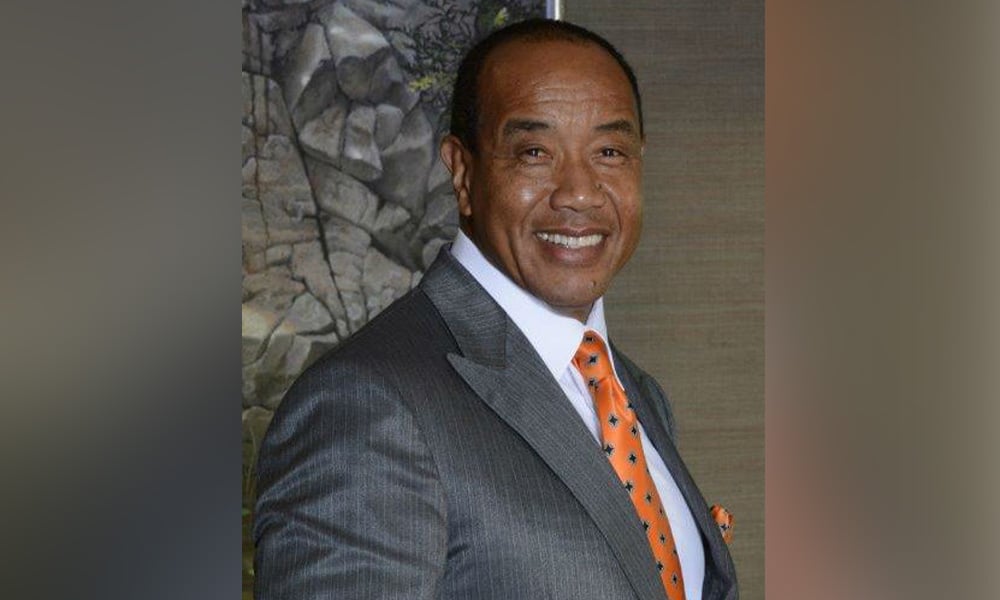An industry veteran gives her view on some important aspects of the best interest debate that have not been addressed

In this special guest article, industry veteran and Principal of PQbd, Barb Amsden, gives her views on the missing pieces of the best interest debate.
"Canadians have a lot at stake from CSA CP33-404, which is proposing a regulatory best-interest obligation (BIO). Some regulators, lawyers, registrants and investor advocates say ‘enough analysis paralysis – implement the fiduciary standard that lawyers and doctors meet’. Others see a BIO as ‘pious bias’; lawyers thinking the legal construct of their profession will be best for each client, that the investment choice they would make is what a client fairly treated should. Who could disagree with putting investors’ interest first, as over-simply-worded survey questions to unprepared respondents have found? Well...:
Maybe the issue is determining what is in investors’ “best interest” (no ‘s’ at the end), when investors have competing interests to balance. That’s where a good financial advisor, and ‘know your client’ (KYC), are critical. The range of investor and regulator interests involved is why CSA CP33-404 must have been exceptionally hard to draft and perhaps why it’s missing some things.
CSA CP33-404 raises important issues, but some information on which to base the right decision has been missed. Canada has good, intelligent, diligent regulators, who can address this. Surely, non-robo, non-AI personal help must be available to those who lack the ability, interest, time or “stomach” to manage investments on their own. Especially now large numbers of people need advice – broadly defined – more than ever as they approach, enter and live in retirement."
"Canadians have a lot at stake from CSA CP33-404, which is proposing a regulatory best-interest obligation (BIO). Some regulators, lawyers, registrants and investor advocates say ‘enough analysis paralysis – implement the fiduciary standard that lawyers and doctors meet’. Others see a BIO as ‘pious bias’; lawyers thinking the legal construct of their profession will be best for each client, that the investment choice they would make is what a client fairly treated should. Who could disagree with putting investors’ interest first, as over-simply-worded survey questions to unprepared respondents have found? Well...:
- U.S. ex-SEC Commissioner Gallagher described the American fiduciary initiative as “good for plaintiffs' lawyers, bad for investors.”
- Past CSA Chair Bill Rice – speaking before CRM2, POS3, fund risk ratings and other recent rules – said: “This issue is an example, in my view, of what we inherit from our neighbours to the south when we might not have seen the necessity or even purpose to address it on our own.”
- The B.C. Securities Commission opposes a BIO. While its partners (Ontario, New Brunswick) in the Cooperative Capital Markets Regulatory System (CCMRS) support one, four other regulators expressed “… strong reservations on the actual benefits of the introduction of a regulatory best interest standard over and above the proposed targeted reforms… [due to] potential unintended outcomes...”
- Well-known lawyer Ellen Bessner wrote that the effect of a BIO will be that advisors are held to the same standard whether “serving Mr. Smith, a securities lawyer … trading in stocks, bonds and options for decades … or Mr. Jones, who left school after grade 6 and … never invested in anything beyond [GICs]. That's not an improvement on the law as it stands now.”
Maybe the issue is determining what is in investors’ “best interest” (no ‘s’ at the end), when investors have competing interests to balance. That’s where a good financial advisor, and ‘know your client’ (KYC), are critical. The range of investor and regulator interests involved is why CSA CP33-404 must have been exceptionally hard to draft and perhaps why it’s missing some things.
CSA CP33-404:
- Doesn’t say that a BIO will not prevent significant losses by investors who are enticed to deal with unregistered advisors and issuers that the regulators do not oversee
- Doesn’t make it clear that a BIO will not prevent every problem as, sadly, even a small number of CPAs, lawyers, CFAs, doctors and others subject to fiduciary obligations still breach their duty to put the best interest of their client first
- Ignores Canadian regulator effectiveness: the International Monetary Fund, reviewing Canada, said: “The Canadian framework for the regulation and supervision of securities markets demonstrates a high level of implementation of the IOSCO [Objectives and Principles of Securities Regulation]” – better than the U.S. and U.K.
- Doesn’t quantify investor losses attributable to regulated advisors over time to see if new regulations are working
- Doesn’t meaningfully weigh a BIO’s impact on access, availability, competition, cost and choice for small Canadian investors
- Doesn’t estimate the value of advisor services beyond net-of-fee pre-tax investment returns
- Doesn't address advisors’ right to be paid for the full value they provide
- Doesn’t assess if other measures (e.g., better advertisement of investor protection measures before-the-fact – ‘use only regulated advisors’ – and after-the-fact – free redress mechanisms so Canadians don’t have to use lawyers or pay partial costs as in the U.S. and U.K.) would be more cost-effective
- Offers no indication of what happens when there’s a conflict between a BIO and existing rules when the CCMRS goes live
- Doesn’t estimate how many years it will take to reach a new “stable” system given an inevitable period of interpretive questions no rule tweaking can address.
CSA CP33-404 raises important issues, but some information on which to base the right decision has been missed. Canada has good, intelligent, diligent regulators, who can address this. Surely, non-robo, non-AI personal help must be available to those who lack the ability, interest, time or “stomach” to manage investments on their own. Especially now large numbers of people need advice – broadly defined – more than ever as they approach, enter and live in retirement."



